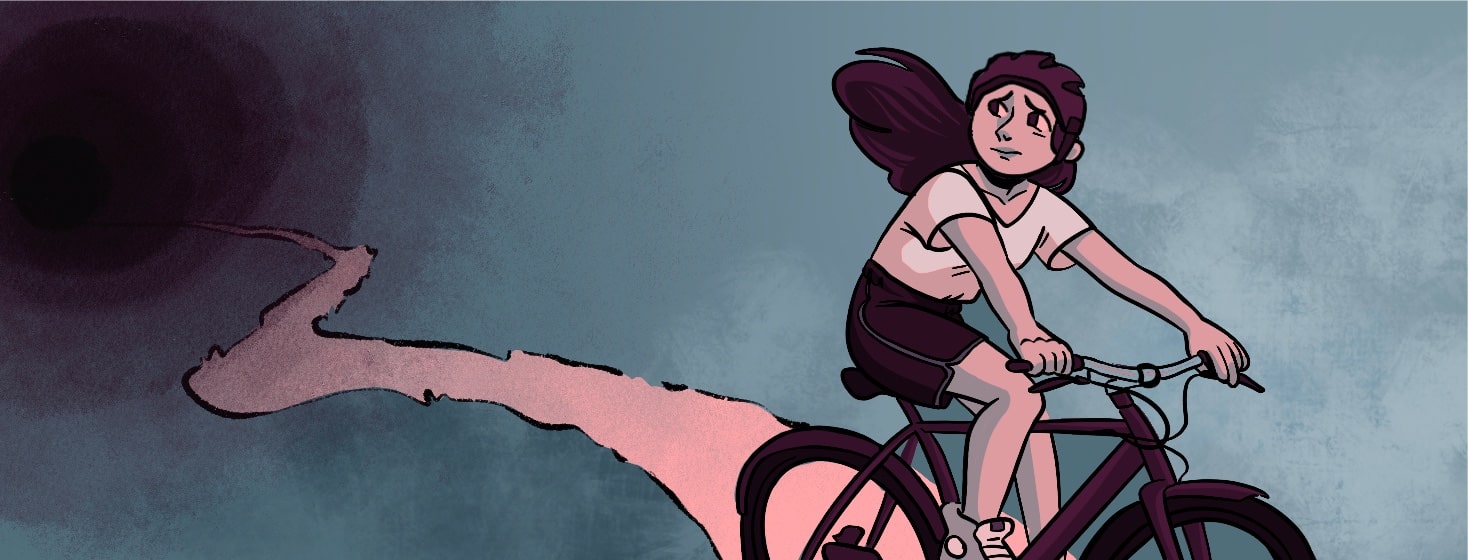T2D Family History and Putting in the Work
I have a very long family history of type 2 diabetes (T2D). My mother was admitted to the hospital frequently in her late 20s and 30s. She was weak, thin, and would sweat profusely almost all the time. After a while, I began seeing my mother less because she was in the hospital so often. T2D took her life at 37.
My uncle's diabetes complications
My mom had a family of 18 siblings. I remember her telling me this story about her brother. He developed a wound on his left foot from a motorcycle accident. It never healed properly and grew larger with each passing day. But the weird part was that he had dark armpits, fatigue, and frequent thirst. Doctors ran tests, and he was ultimately diagnosed with diabetes. Within a week, his toe was amputated. I couldn't understand what this had to do with his motorcycle accident.
Thinking of my family after diagnosis
Fast-forward to when I was diagnosed with type 2 diabetes. After my appointment, I went home prepared to learn more about diabetes. I was not happy. When I remembered my uncle, I also thought of my mother, who had died from complications of diabetes, too.
Difficult experiences during and after pregnancy
I found out I was pregnant during a clinic visit. My doctor informed me that my blood sugar was elevated, and he did his best to manage it. This led to my first miscarriage. My second pregnancy was more complex, and I was diagnosed with high blood sugar again, but this time I delivered.
After giving birth, I began to feel tired and hungry, and my weight began to drop despite eating more than I should have. I attributed this situation to breastfeeding, but after weaning my baby, I noticed that the condition had not improved and that there was a black spot under my armpit. I also had psoriasis, so I assumed that was it.
Trying to make lifestyle changes
Of course, the first thing I did was change my eating patterns. I started eating vegetables, whole foods, and fruits. At one point in my life, I even made carrot juice every evening.
Fatigue, hunger, and thirst worsening
Life went on, and I continued with my life, hoping that fatigue, hunger, and thirst would disappear. But it got worst with each passing day. I didn't pay much attention because I was too busy raising my child and working.
I noticed a blister after removing my shoes one day on my way home from work. I never gave it much thought, but after a few days of not being able to wear my shoes because my toes were so sore and they felt infected, I went to see a doctor.
Afraid of developing complications
I was scared that my days were numbered. By this time in life, I had lost several family members due to diabetes. The sad part was that some had to have amputations and lived with a lot of pain. When I started researching, I became terrified to learn about amputation, blindness, heart disease, and other organ failures. My doctor prescribed diabetes medication that I hated. I became depressed, and testing my sugar was the worst part of this experience.
Dedicating myself to long-term management
At this time, I knew I had to make a change if I wanted to be on this earth long-term. I had 2 children by this time and didn't want to leave them without a mom as my mom had left me.
I completely changed the way that my family and I ate. I learned to count carbs to ensure I didn't eat foods that would spike my blood sugar. At first, I thought eating this type of food was a punishment, but as time passed, I realized that sugar-free and unprocessed foods were the types of foods that I needed to eat to stay healthy. I'm not saying this works for everyone, but it worked for me.
I had to put in the work—a lot of exercise and participating in activities. Years ago, I used to do bicycle racing, but as the years went on, I couldn't do that any longer because of other illnesses. Now, I walk often. Healthy eating and maintaining a healthy weight have helped me stay clear of diabetes complications.
This or That
Do you think that artificial intelligence (AI) will be more harmful or helpful for healthcare quality?

Join the conversation